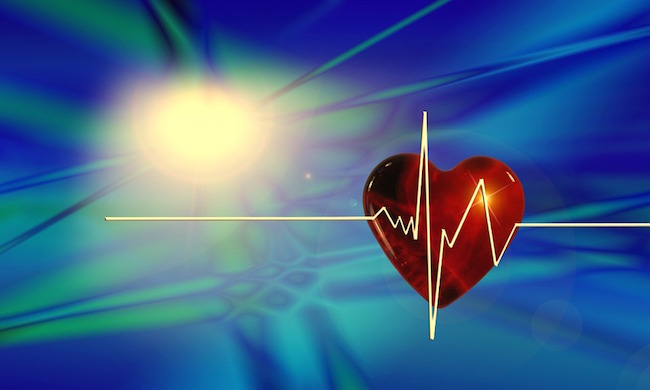Heart Attack or Panic Attack? How to Tell the Difference by Dr. Joseph Mercola for Mercola
According to the U.S. Centers for Disease Control and Prevention,1 nearly 805,000 Americans have a heart attack each year, and 605,000 are first heart attacks. Knowing the risk factors, symptoms and how to take early action will increase your chances of survival.
However, what may look and feel like an apparent heart attack may actually be a panic attack, and according to researchers, the cost of misdiagnosing noncardiac chest pain is high.2 “It is important for physicians to be able to recognize panic attacks and to distinguish them from cardiac disease, thus avoiding unnecessary use of health care resources,” one report states.3
An investigation4 published in 1996 found that 25% of emergency room patients presenting with chest pain met the DSM-III-R criteria for panic disorder, yet attending emergency department cardiologists failed to recognize patients having a panic attack 98% of the time. As noted by the authors:5
“Panic disorder is a significantly distressful condition highly prevalent in ED [emergency department] chest pain patients that is rarely recognized by physicians. Nonrecognition may lead to mismanagement of a significant group of distressed patients with or without coronary artery disease.”
So, just how do you tell the two apart? Before we get into those details, let’s take a look at the common signs and symptoms associated with each.
Symptoms of Heart Attack
When a heart attack starts, blood flow to your heart has suddenly become blocked and the muscle can’t get oxygen. If not treated quickly, the muscle fails to pump and begins to die. While often a result of coronary heart disease, a heart attack can also be caused by a blood clot blocking an artery. Some of the most common symptoms of a heart attack include:6
| Chest pain or discomfort | Upper body discomfort |
| Shortness of breath | Breaking out in a cold sweat |
| Nausea | Sudden dizziness |
| Feeling unusually tired | Lightheadedness |




